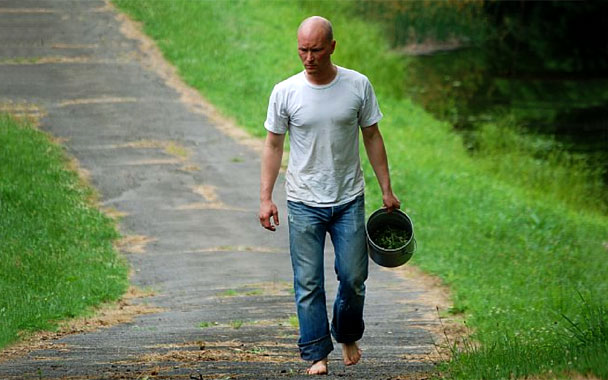Life cannot be measured in days or months. Seasons are not imprinted in our minds by the dates on the calendar. Instead, we measure them by events: It is the first real snowfall that brings my winter, the hued metamorphosis of oak leaves that marks my fall.
June 21 was the official start of summer, but it’s not summer for me until I’ve stopped buying my salad at the grocery store and started picking it along the roadside. It’s not summer for me until I’ve lost my shoes to the high grass and stopped caring whether or not I find them.
Recently, I took a walk along a country road in search of purslane for the evening’s salad. I found plenty. Purslane is a weed, and most Americans don’t eat weeds, leaving lots for me. But if they only knew how good it is—and how good for you—I’m sure we’d all be scarfing down purslane sandwiches. The list of healthy stuff contained in the succulent, lemony leaves reads like the contents of a multivitamin: calcium, magnesium, vitamins C and B, even Omega-3 fatty acids.
In India, where it is said to have originated, purslane is commonly cooked with dal to make a split pea–like stew. In Turkey and Mexico, the green is often eaten raw in salads, which is how I prefer it, especially on hot summer evenings. The plump leaves are refreshingly citrus-like and cooling to the tongue.
After returning from the forage with my bucket of weeds, I made the purslane into a salad with some tomatoes and parsley, tossing it all in a bright vinaigrette made with lemon juice to help accentuate the purslane’s natural acidity.
The sun started to set as my guests gathered around an outside table. Fireflies began to dot the fields. The purslane salad was a cooling relief from the scorching summer day.
Whether you find your purslane along a country road or at a farmers market, this recipe is the perfect way to spotlight the green’s citrusy flavor.




 Pinterest
Pinterest


